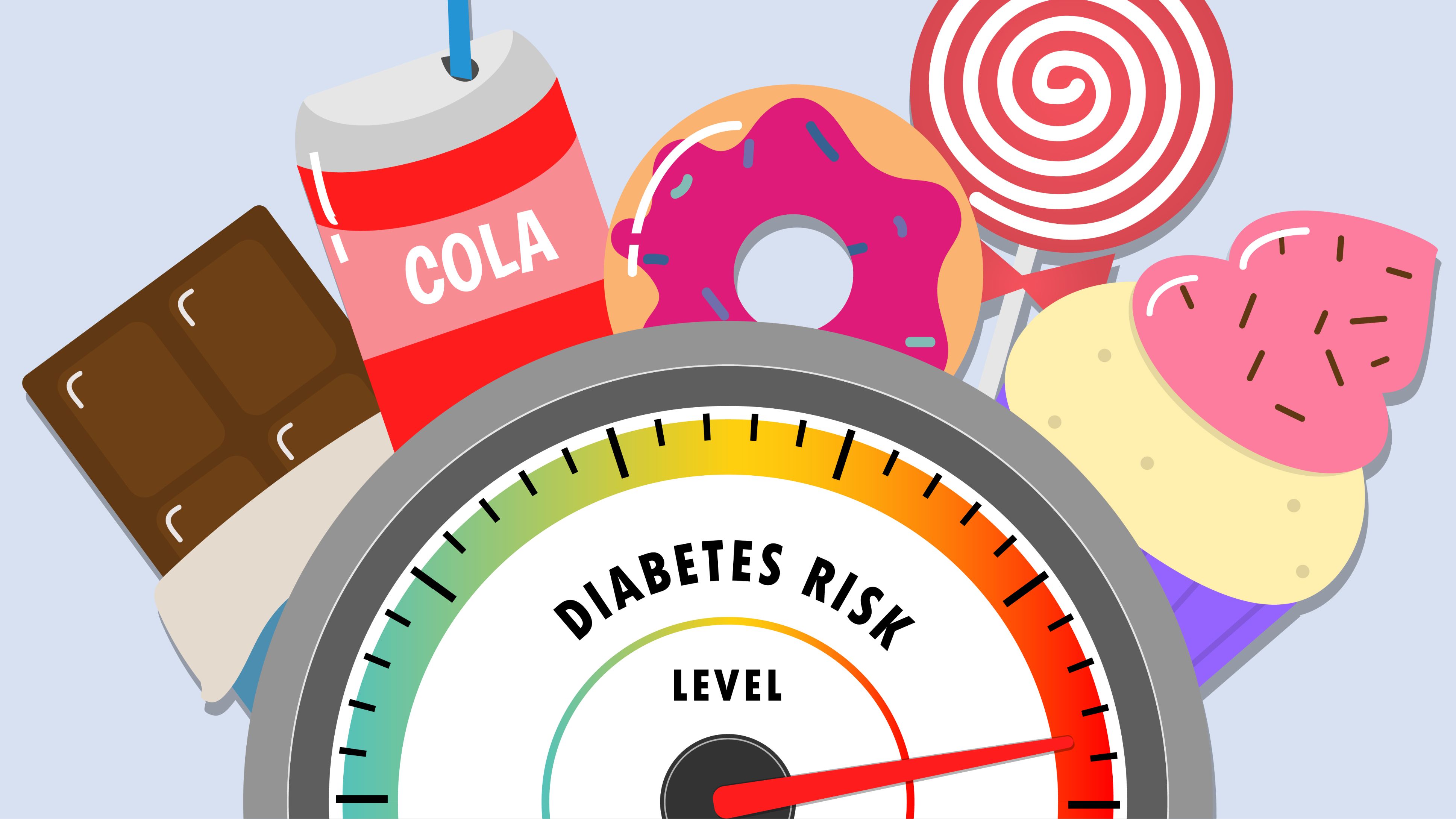October-November every year turn out without doubt months of excess and most people report gaining weight by the end of it. Weight one can still take care of, with a few checks and balances.
It’s the overload of sweets due to the never ending festivities that proves more dangerous for many of us.
Especially those who are diabetics, and even more so for those who are on the borderline - the pre-diabetics (where the sugar levels hover just short of the red mark).Yes, there is a condition like that and it is fast becoming an epidemic.
Consider this: only China has more pre-diabetics (those who have Impaired Glucose Tolerance (IGT)) than India, and we are on a fast track to catching up with them.
That is why it is imperative to begin talking more about this condition, about what pre-diabetes is, what precipitates it, how to detect, what problems it can cause. How to monitor and most importantly ways to prevent it.
This is important to do because in our country diabetes is usually caught at a much later stage, wherein some damage to body organs like kidney, eyes has already begun.
Screening out pre-diabetics and reverse it from that point can help avoid this.
The good news here is that according to research it is possible for pre-diabetics to prevent becoming diabetics with right steps.
What Is Pre-diabetes?
A pre-diabetic is a person whose blood glucose levels are higher than normal but not high enough to be classified as diabetes.
The definition of prediabetes also includes blood glucose more than 140 mg/dl and less than 200 mg/dl measured 2 hours after consuming 75 grams of glucose.
Here prevention is the cure.
The same factors which precipitate diabetes also precipitate pre-diabetes. The goal is to get your blood sugar level out of the pre-diabetes range, and keep them that way.
Follow These Tips if You Are Pre-diabetic
Get tested
Awareness and early detection are the key to putting a lid on this disorder.
It is recommended that those with risk factors like obesity, high work stress, sedentary lifestyle, faulty diet and family history of diabetes must undergo an extensive health check-up at least once a year.
Check it in time
If left unchecked it usually takes about 5-10 years for a pre-diabetic to become a full blown diabetic. Luckily it is reversible.
Pre-diabetes is nothing but a wakeup call – one that needs to be caught in time and then rectified on a war footing.
Stay near your optimum weight
Obesity is believed to account for 80-85% of the risk of developing pre diabetes and eventually diabetes.
Losing even 7- 10% of the body weight (5-10 kgs) can help reduce the risk substantially
Exercise
To hedge the risk get at least 150 minutes each week of physical activity, such as brisk walking.
Eat Right
Basic eating rules to follow are: more fibre, less fat, cutting down red meat, having more vegetables and fruits, opting for whole grains, and keeping alcohol in check.
Even simple everyday food can go a long way to help keep the disorder away. Also skip refined foods. A diet high in refined carbohydrates stimulates the pancreas to produce excess insulin response to help cut blood sugar levels.
Excessive sugar intake too leads to a similar reaction. Constant high intake over-stimulates and burns out our pancreas putting us at risk for pre diabetes and eventually diabetes.
Plus it helps to incorporate some blood sugar balancing foods consciously in the diet to minimise the damage of this junk heavy month.
Below is a list of foods that can serve as preventive tools to check sugar rise. Take your pick or use them all by rotation.
Cinnamon
It has a component hydroxychalcone that helps keep the fasting glucose in control. A pinch everyday (say in your cup of tea or sprinkled on your cereal) is all you need.
Fatty fish
DHA, a type of omega 3 found in fish like mackerel, salmon and tuna helps keep inflammation in the body down, and sugar levels in check.
Turmeric
Turmeric is not called golden spice without a reason. it also helps keep inflammation down, thus your sugar numbers in check. Add it liberally to your curries.
Bitter gourd
Bitter gourd (karela) contains a hypoglycemic or insulin-like principle, also known as plant insulin, which helps lower the blood and urine sugar levels. Make its subs at least twice a week.
Indian gooseberry (amla)
Amla has a very high vitamin C content, and is known to help stimulate the islets of Langerhans, an isolated group of cells that secrete the hormone insulin in the pancreas. Bit into an amla every day or add to chutneys liberally.
Fenugreek seeds (methi seeds)
Had daily they help keep the blood sugar levels in check. Add liberally to your dal tadkas.
Black pepper
This spice is a rich source of vanadium, a trace mineral that helps boost or inhibit the action of enzymes in the body selectively helping keep the blood sugar levels stable.
Always add some black pepper over a freshly fried egg and season your soups and vegetables liberally with it too.
Pumpkin seeds
These seeds are rich in plant chemicals known as lignans, as well as magnesium, both of which help the body use insulin more efficiently. They also contain globulins, or proteins that help lower blood sugar.
(Kavita is a nutritionist, weight management consultant and health writer based in Delhi. She is the author of Don’t Diet! 50 Habits of Thin People (Jaico), Ultimate Grandmother Hacks: 50 Kickass Traditional Habits for a Fitter You (Rupa) and Fix it with foods.)

